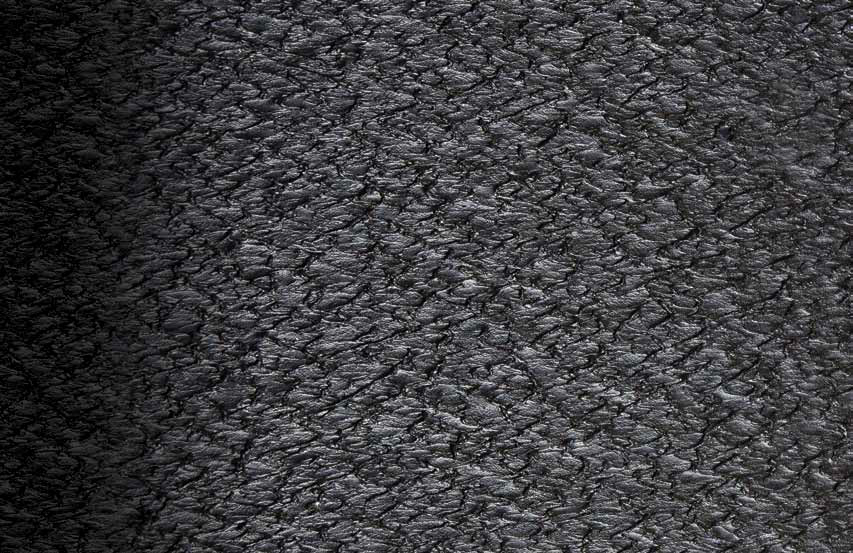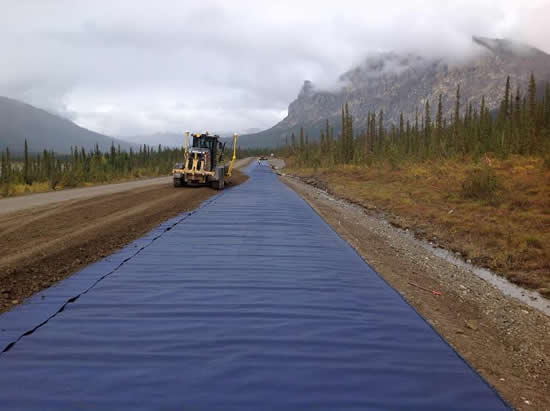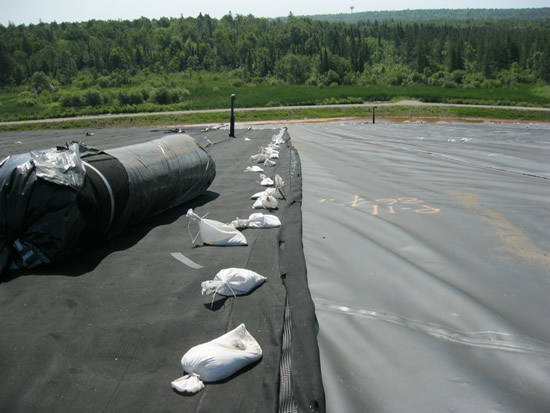

 Interest in the topic of lifetime predictions for geosynthetics has grown substantially as project records extend beyond 40 years. Research projects on material service life continue to be tracked. And, test methods on geosynthetic durability are enhanced each year. The Geosynthetic Institute (GSI) makes this topic–lifetime predictions–the subject its next GSI Webinar, to be held August 10.
Interest in the topic of lifetime predictions for geosynthetics has grown substantially as project records extend beyond 40 years. Research projects on material service life continue to be tracked. And, test methods on geosynthetic durability are enhanced each year. The Geosynthetic Institute (GSI) makes this topic–lifetime predictions–the subject its next GSI Webinar, to be held August 10.
TITLE: Lifetime Predictions of Nonexposed and Exposed Geomembranes
DATE: 10 August 2016
TIME: 11:30 am – 1:00 pm (EDT)
COST: USD $200 (GSI Members), $250 (Non-Members)
REGISTER ONLINE
GSI webinars are held every second Wednesday of the month. Dr. Robert Koerner, P.E., Director Emeritus of GSI, will lead the session. Sessions begin promptly at 11:30 am and last roughly 75 minutes. The remainder of the time is reserved for questions. The webinar carries 1.5 professional development hours, providing completion of a 10-question multiple choice test.
LIFETIME PREDICTIONS OF GEOSYNTHETICS
Dr. Koerner writes:
A most frequently asked question regarding all types of geosynthetics is, “How long will they last?” This webinar answers the question for exposed geotextiles and geomembranes, assuming that they were properly designed and installed. Furthermore, it compares these new results to earlier lifetime predictions on a covered geomembrane.
Nonexposed (or covered) lifetime conditions have been previously evaluated and published on a 1.5 mm thick high density polyethylene (HDPE) geomembrane. It used landfill incubation devices at four elevated temperatures of 85, 75, 65 and 55°C so as to reach 50% of retained strength and elongation. Considering the three stages of (i) depletion of antioxidants, (ii) induction time, and (iii) 50% reduction in mechanical properties, the lifetime extrapolation was made down to 20°C. The half-life for this geomembrane under these conditions is approximately 450 years! Since the incubation times were 10 years, other covered geosynthetics were not evaluated under the supposition that the nonexposed situation is generally a moot point for most geosynthetics in their customary applications.
RELATED: An Interview with Robert Koerner on Lifetime Predictions of Geosynthetics
For exposed geosynthetics, however, the situation is quite different. Ultraviolet radiation, elevated temperature and full oxygen are available which shortens the service lifetime, but how much? For evaluation of this situation we utilized laboratory ultraviolet fluorescent tube weathering devices per ASTM D7238 for incubation purposes. Seven different geotextiles, four TRMs, two geogrids and six different geomembranes were evaluated. Each different material was incubated at 80, 70 and 60°C until 50% reduction of strength and elongation occurred. The data was then extrapolated down to 20°C for laboratory halflife values and for comparison with the nonexposed condition. The ratio of nonexposed to exposed lifetime for HDPE geomembranes is approximately 5.0. The calculations for the nineteen exposed geosynthetics then progressed to using site-specific radiation so as to obtain an equivalent field life. Phoenix, Arizona conditions are illustrated although the procedure is applicable worldwide. Halflife predictions for the geotextiles vary from a few months for the needle punched nonwovens to up to 10-years for monofilaments and high antioxidant formulated products. Results for geomembranes vary from 47 to 97 years with HDPE being the highest. These exposed halflife results (which took 12-years and are still ongoing) are felt to be most interesting and are presented for the first time to an international audience.
LIFETIME PREDICTIONS WEBINAR TOPICS
- Background
- Covered Lifetime Using Lab Simulation
- Results for Covered HDPE Geomembranes
- Exposed Lifetime Using Weathering Devices
- Results for 19 Different Exposed Geosynthetics
- Summary-to-Date











